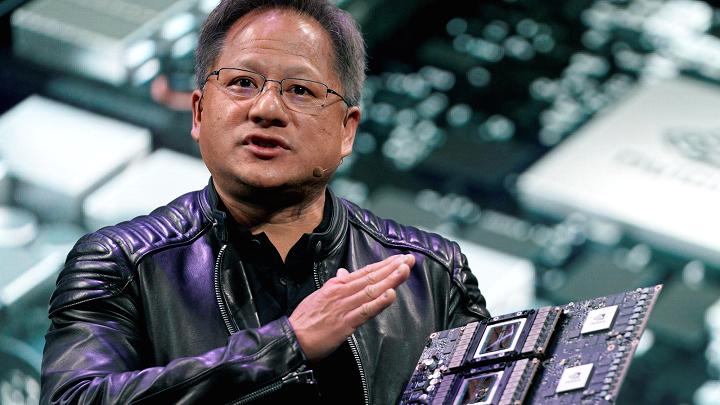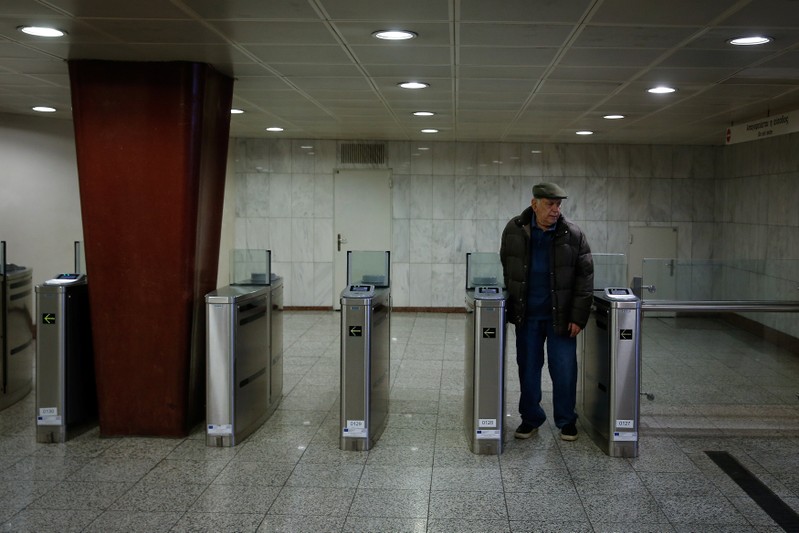
Rick Wilking | Reuters
Jensen Huang, CEO of Nvidia, shows the Drive Pegasus robotaxi AI computer at his keynote address at CES in Las Vegas, January 7, 2018.
Nvidia and competitors AMD, Intel and Qualcomm all unveiled new chip technology at CES this week. But Nvidia’s was most focused on the emerging market for self-driving cars, even as the company maintains a stronghold in gaming.
Nvidia’s Xavier chipset, first revealed in 2017, is now being manufactured and will ship to select automotive customers and partners this quarter, the company announced. Dozens of companies have already been using it to test their fleets of “robo-taxis,” the company has said.
CEO Jensen Huang spoke at a Sunday press conference, boasting that it cost $2 billion and thousands of engineers to develop Xavier, a chipset that can supposedly conduct 20 trillion deep learning operations per second with very low power consumption.
On the software side, Nvidia said that its Drive IX and Drive AR software development kits are being used to create undisclosed features (facial recognition or autopilot perhaps) for Volkswagen electric buses.
Nvidia is also working with Uber, Baidu, and a start-up called Aurora on driverless cars.

